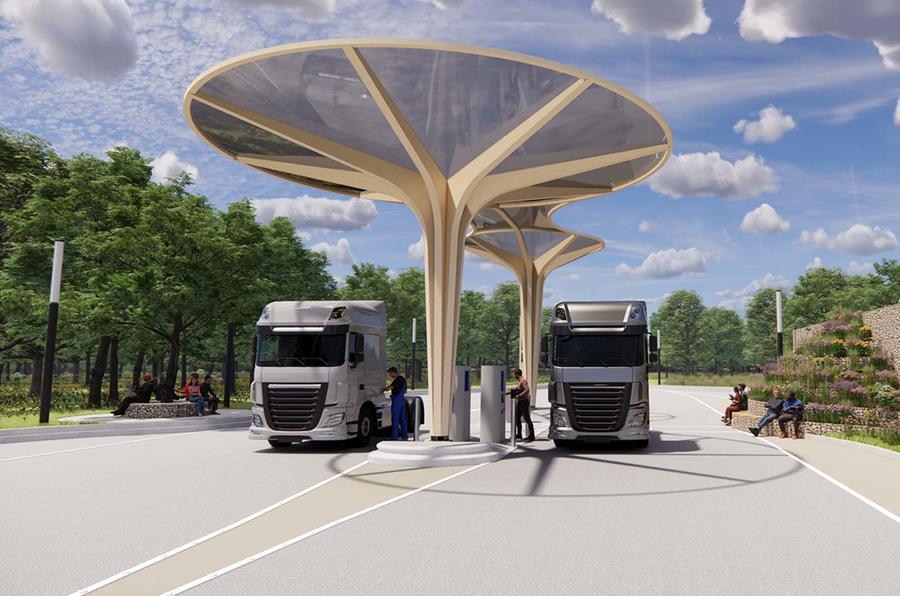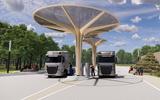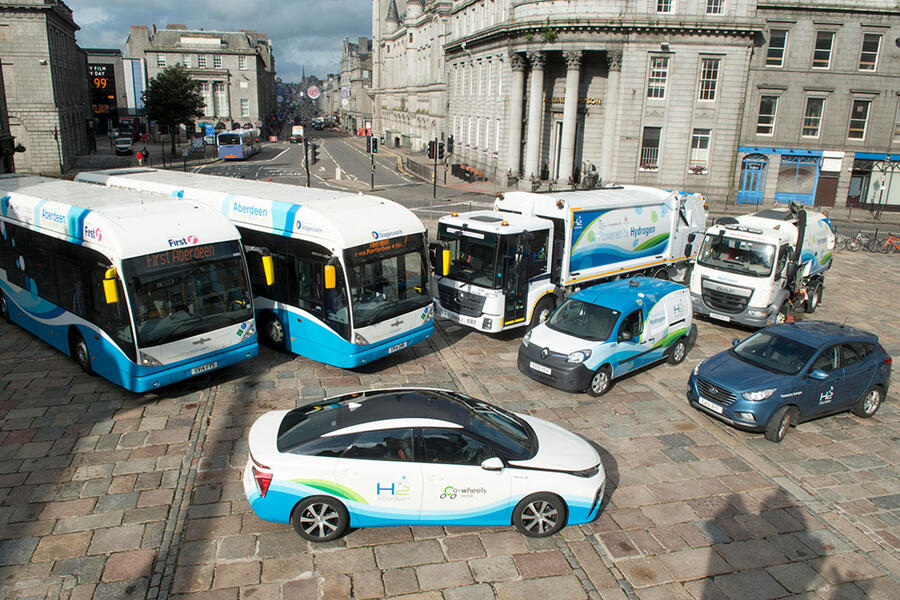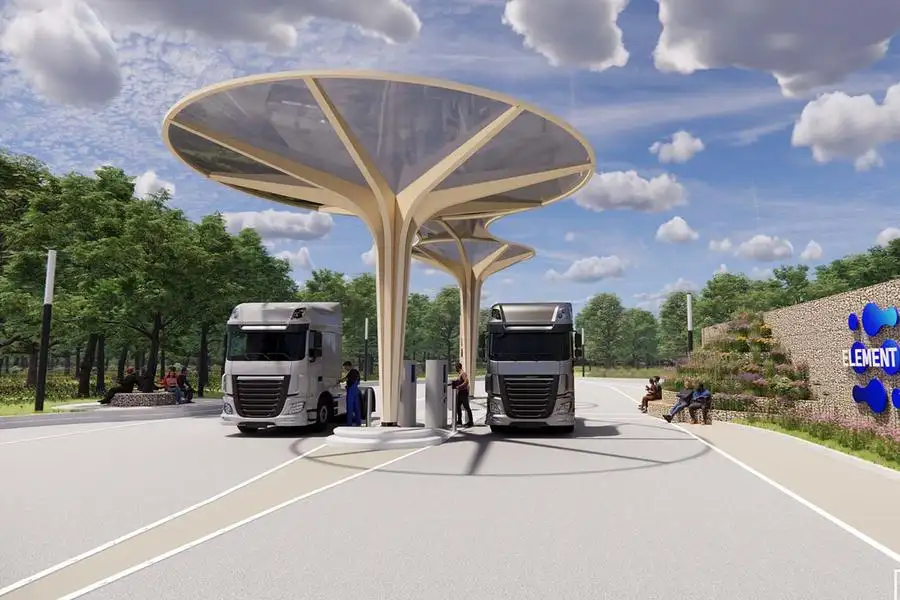A plan to create a nationwide network of hydrogen refuelling stations has taken its first steps into becoming a reality as part of a £8 million UK government grant, with the first to open "early next year".
Initially, four stations will be built by British start-up Element 2 which will be publicly available to drivers of both HGVs (the government is targeting supermarket delivery trucks) and cars.
Although their main focus will be on commercial vehicles, and therefore locating these pumping sites at trick stops, this also means cars like the Toyota Mirai, Hyundai Nexo and new BMW iX5 Hydrogen will be able to use Element 2’s pumping technology.
Everything you need to know about hydrogen cars
The pumps will be built in the north-east of England, Element 2 CEO Tim Harper told Autocar, given the funding is to develop the Tees Valley Hydrogen Transport Hub.
The first will open “early next year” at Teesside International Airport. This will be to support fellow funding winner Ulemco, which will develop hydrogen-powered airport vehicles, such as aircraft tow trucks and runway sweepers.
Harper confirmed a further 30 pump locations will be identified and have plans in place by the end of the year. Element 2 is working with a range of forecourt operators and vehicle manufacturers, he added.
Last July, the firm announced its first two sites with planning permission approved, at Coneygarth on the A1 (near Northallerton) and on the M6 near Carlisle.
“The strategy is that we have the infrastructure first, ideally in place next year, before these vehicles arrive in numbers,” Harper said. “There's a wave of [commercial] hydrogen vehicles coming. It's a question of when, not if, and to be honest, with this funding, we now know the when.
“This funding gives us the seal of confidence, as it's public money that has gone through a lot of scrutiny before reaching us.”
Harper added that funding for “some of the other stations” has also already been secured.
As well as the two mentioned projects, a further £300,000 of funding will be sent to local colleges to support local workforce training as well as developing future talent.
This “further cements the Tees Valley’s status as the home of hydrogen”, according to the government.












Join the debate
Add your comment
Many people of USA and other world have lost their regular jobs. This washorrible and i know what is the feeling when you didnot have any money left foryour family. But i am here to share an easy solution which solves all financialproblems right now. uj Working from home job which can gave you more than 15k American bucksevery month just by staying at home. So follow this web now for more info andstart earning right now..copy and open it____bizpay1.tk
Are the pigs preparing for take off? 147 truck stop installations in 4 years is impossible.
The accounts at Companies House of Element 2 Limited, the company supposedly behind this suggest they don't have the money to implement any of this.
That's the hydrogen business way of doing 'things'
Funding round for £100 million is a completely plucked from midair number, and if, as written, their H2 supply is a by-product of an INEOS plant, I strongly suspect Jim Radcliffe will not be selling it cheaply!